Review of Creatine
Creatine – A characteristic wellspring of energy. Creatine is an endogenous, essential substance. There are 80 to 130 grams in the body of the average grown-up.
Creatine assumes a focal part in the energy supply of cells – in the skeletal muscles, in the heart, in the cerebrum, and in different organs.
Supplements worth taking to perform better in work out.
It is one of the most examined supplements with the best impacts exhibited by science.
We reveal to you all you require to think about this enhancement: take Creatine, types that exist, and suggested portions.

Creatine: what is it?
Creatine is a substance incorporated by the human liver and pancreas from the amino acids arginine, glycine, and methionine.
It is one of the main wholesome enhancements for competitors. It is alright for the body and assists with picking up the bulk.
Benefits of Creatine
Creatine is a wellspring of energy for muscle tissues to adapt to pressure all the more productively. With a low degree of amino acids in the muscles, the muscles are quickly exhausted, decreasing preparation.
Numerous analysts accept that it is significant for organ and cerebrum capacities and general wellbeing by and large.
From a realistic perspective, it is a small and moderately straightforward particle.
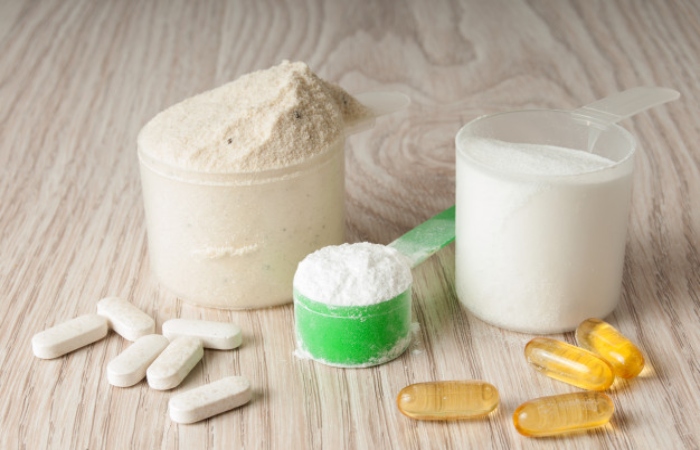
How is Creatine helpful?
Many people get around half of their daily creatine needs from eating meat and fish – it’s only essential food sources. The human body can incorporate another part.
An uneven eating regimen, e.g., veggie lovers and vegetarians, normally prompt a less than ideal creatine level.
It deductively demonstrated that Creatine, as a dietary enhancement, can improve actual execution. In this job, it is supposed by wellbeing and sports specialists around the world.
It is effectively used up by the body and – appropriately arranged and taken in the suggested portion – has no destructive impacts.
Creatine’s primary function is to give energy to the competitor’s body during genuine actual effort. The impact of its utilization shows up over the long run, with day by day use.
One of the properties of creatine monohydrate is to diminish muscle weakness by killing acids blended during exercise. The total weight picks up from bulk with every day utilization of this game’s sustenance item can arrive at 5 kg.
It is an extra improvement for picking up the bulk, as it permits competitors to work with enormous loads while performing strength works out, which fundamentally builds their solidarity.

The Daily Dose for Extreme Exercise
With a load of 70 kg in a competitor’s body, virtually in his muscles, there are 110-130 grams of Creatine. It is essential to take unique added substances or devour creature meat to renew its stores since this substance isn’t in plant items.
The every day creatine necessity of a competitor engaged with moderate games is 2–4 g. This sum contained in 200–300 g of red meat, on the off chance that, for some explanation, you can exclude that numerous filet of hamburger or other red meat in your eating regimen consistently or are a veggie-lover, at that point, take this enhancement.
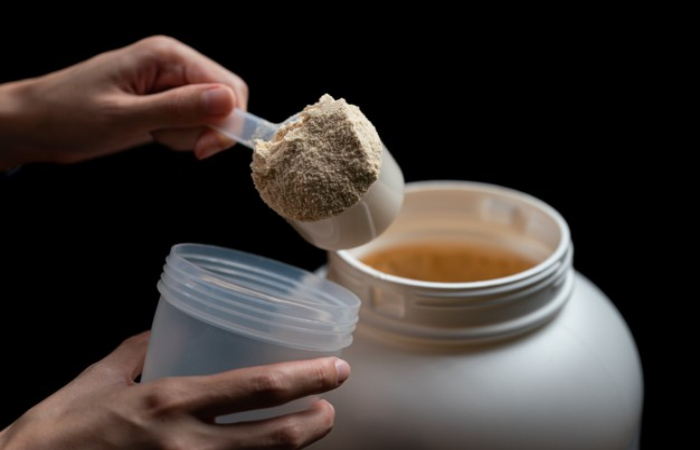
Muscle strength through Creatine
Around 90% of the body’s creatine stores are in the skeletal muscles. All living cells require energy – and muscle cells, specifically, need a lot of energy when they are in real life.
It also helps make this energy accessible.
The muscle cells unexpectedly give energy.
For example, significant distance running, the body first creates energy by spending its glycogen stores (a sugar) and afterward by consuming fat. Since these cycles are subject to climatic oxygen, they are called aerobic.
When running – the muscles need a lot of energy in a short time. At the beginning of such anaerobic exertion, the physiques must fall back on energy sources immediately available. They are in the form of adenosine triphosphate (ATP) and phosphocreatine (PCR).
ATP and PCR balance each other and bridge the time until the breakdown of glucose (Glycolysis), glycogen (Glycogenolysis).
And also, fat (lipolysis and fatty acid oxidation) can release further energy.

Digestion, Creatine, and creatinine
A small quantity of Creatine regularly separates into creatinine in the body. Creatinine moves from the cells into the blood and is then discharged by the kidneys in the pee.
Researchers have verified that the average grown-up loses around one to two percent of their creatine supply in this manner consistently. This misfortune is made up for by it, which is ingested or delivered in the body. On the chance that more Creatine devoured than the body needs, an enormous piece of the abundance discharges in the pee. In any case, higher creatine levels in the body additionally imply that more Creatine separates into creatinine.
It can cause the creatinine fixation in blood and pee to increment.
For a similar explanation, individuals with immense bulk may have higher creatinine levels than those with less size. It isn’t anything to stress over as the higher creatinine levels are inside ordinary cutoff points, and creatinine has never proved unsafe.
Which to pick?
The games nourishment market offers numerous creatine-based dietary enhancements with different extra fixings. A “transport framework” supplement publicize usually.
Indeed, it is with minor components, starches, and a few nutrients. It is more costly than expected, even though it doesn’t have any vast preferences. It influences muscles after it collects in them during regular admission, so the pace of ingestion doesn’t assume a critical job.
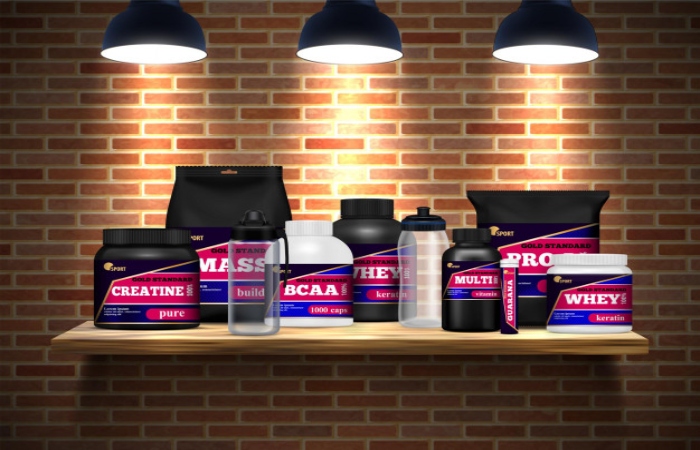
How to Use
For some time, Creatine wrongly acknowledged that starting this supplementation should be done with high measurements (up to 25 g for consistently) to “load.”
At present, the proposals have changed since it exhibited that such an arrangement for using these dietary improvements has no central focuses in assessment with even scattering of parts.
It is prudent to utilize it related to a gainer following preparation. Be that as it may, this dietary enhancement can consume without starch uphold.
Specialists suggest taking 2-4 grams of creatine monohydrate every day.

Creatine from food
Creatine slowly brokes down in the body. To make up for this natural loss, the average adult needs to replace around two to three grams of it per day.
Just like human muscles, meat and fish contain Creatine. Those who eat a balanced diet take about half of their requirements directly from these food sources; the body can produce the rest.
The average amount of Creatine in various raw foods:
Its content in various foods (g / kg)
Meat 3 – 7
Fish 3 – 7
Milk 0.1
Vegetables, grains, and legumes 0

Role of Activity of Creatine
It is not only important as an energy store and transporter in muscles. Over the past two decades, researchers have discovered that it has other vital functions in muscles and different types of tissues and cells.
And it also could represent one of the most critical tasks in cellular energy metabolism.
It is also responsible for transferring energy from the mitochondria to the intracellular fluid – a complex process that depends on several different enzymes from it.
However, it acts as an antioxidant that reduces cell damage caused by oxygen radicals. It also helps to stabilize the cellular pH (acidity).
It also plays a vital role in balancing the various aerobic and anaerobic energy sources available to the cells.
Danger’s
Clinical associations arrange day by day utilization of little dosages of Creatine (as much as 3 grams) as an action with the bit of danger of results for wellbeing. Be that as it may, these dietary enhancements additionally have contraindications.
Individuals ought not to take them with asthma and unfavorably susceptible responses, ladies during pregnancy, and the individuals who have had a medical procedure.
Additionally, it suggests that you counsel your PCP before consolidating such an enhancement into your eating regimen.
Use Creatine as a reliable and safe enhancement for incredible outcomes.

Side Effects and Safety of Creatine.
As a dietary supplement, creatine monohydrate has an excellent safety profile. Compared to approved pharmaceuticals, food supplements are subject to a more stringent safety assessment.
However, the Safety Authority reflects the overwhelming scientific assessment that chemically pure creatine monohydrate is safe when dosed correctly.
The only proven side effect is only a slight weight gain. It is initially due to increased water accumulation in the muscles and increased muscle mass, which many athletes desire.
No scientific evidence to support the occasional claim that creatine damages the kidneys. As explained, an increase in creatinine levels is not necessarily a sign of underactive kidney function; it can mean that the body is excreting excess Creatine.
However, the vast majority of scientific research relates to creatine monohydrate. Other forms of it are still less researched. As with any nutritional supplement, purity is essential. Therefore, only use it from reputable sources of known origin.
However, studies had not confirmed these side effects when pure Creatine took at the recommended dosage and sufficient fluid.

Dosage of Creatine
Although Creatine is vital, researchers have yet to figure out how much the body needs to stay healthy.
Probably everyone has their individual needs. Those who exercise a lot and eat little meat are likely to need more of it than those who are moderately active and have quite a high meat intake.
The additional intake of creatine monohydrate as a dietary supplement increases its level in the body. It is beneficial in moderation.

Correct Intake
The Food Safety Authority has classified creatine consumption as safe at a dose of three grams per day.
There is evidence that ingesting Creatine with carbohydrates and protein has a synergistic effect and increases Creatine’s uptake into muscles.
Most athletes take it less than an hour before or immediately after training.
Also read- Core Power Exercises-The best exercises for different muscles.
Related posts
Trending Posts
Clinique Moisturizer-The best face moisturizers from Clinique
Clinique moisturizer – Description The Clinique moisturizer-“Drastically Extraordinary Saturating Moisturizer ” has an improved equation that fundamentally fortifies skin’s dampness…
Novex DS Tablet: Uses, Dosage, Side Effects – WHBT
About Novex DS Tablet This Novex DS tablet is a particular estrogen receptor modulator, otherwise called SERM. It is essentially…

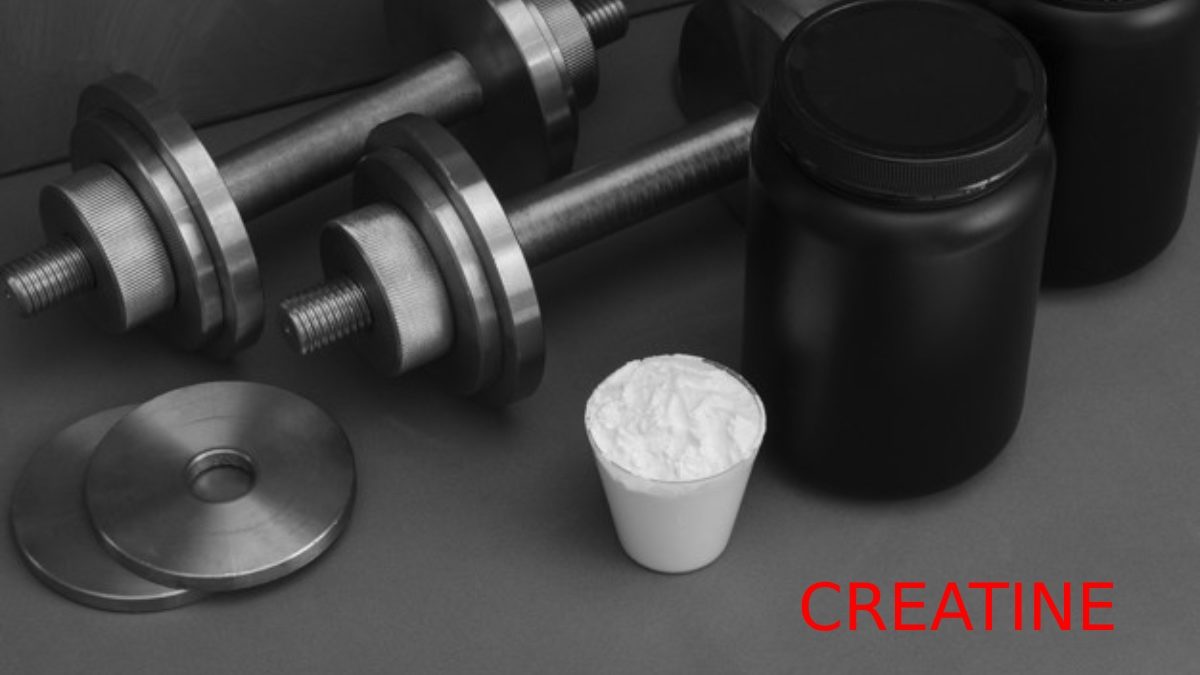


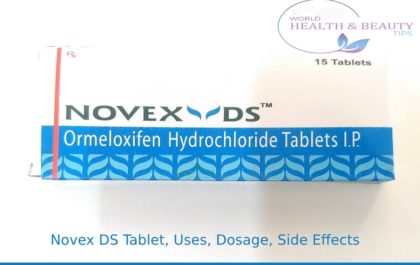

Review Creatine: The rule of activity, who needs it, how to take it? Benefits & Risks.